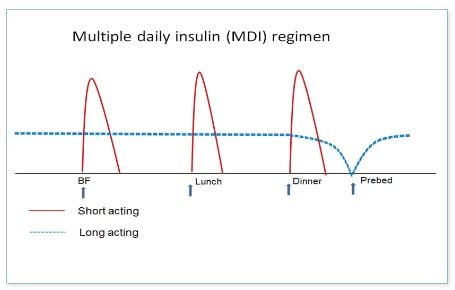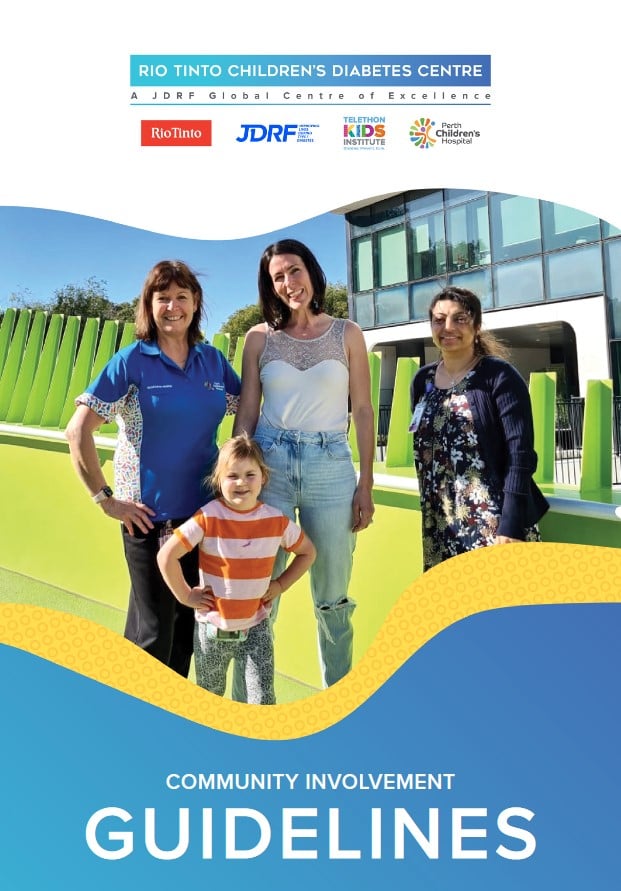Search

News & Events
Diabetes education at home trialWe recently ran a study to compare the traditional model of care with a family-friendly, slower-paced, home-based alternative.
News & Events
HbA1c Target of 7%, and 7 initiatives we are doing to achieve thisWe have recently set up an HbA1c working party, tasked with the mission of lowering the overall HbA1c across all patients and clinics run by PMH.
A new series of educational videos about managing Type 1 Diabetes and its challenges

This easy-to-use comparison device of CGM devices is designed to help you pick the right device for your family.

Flexible insulin therapy

A list of the Children's Diabetes Centre's research track record.

The period of transition between paediatric (child) services and adult-based services is a sensitive one for patients with diabetes.

The Rio Tinto Children’s Diabetes Centre is committed to increasing the community voice in diabetes research at all levels to ensure our research is

A new research study conducted by Professor Jeneva Ohan and Dr Keely Bebbington aims to develop our understanding of how adolescents navigate these disclosure decisions, and how we can support them to feel more confident when talking to others about their diabetes.
Research
A very low carbohydrate diet for minimising blood glucose excursions during ultra-endurance open-water swimming in type 1 diabetes: a case reportCarbohydrate-restricted diets are used by people with type 1 diabetes (T1D) to help manage their condition. However, the impact of this strategy on blood glucose responses to exercise is unknown. This study describes the nutritional strategies of an athlete with T1D, who follows a very low carbohydrate diet to manage her condition during an ultra-endurance open-water swimming event.
